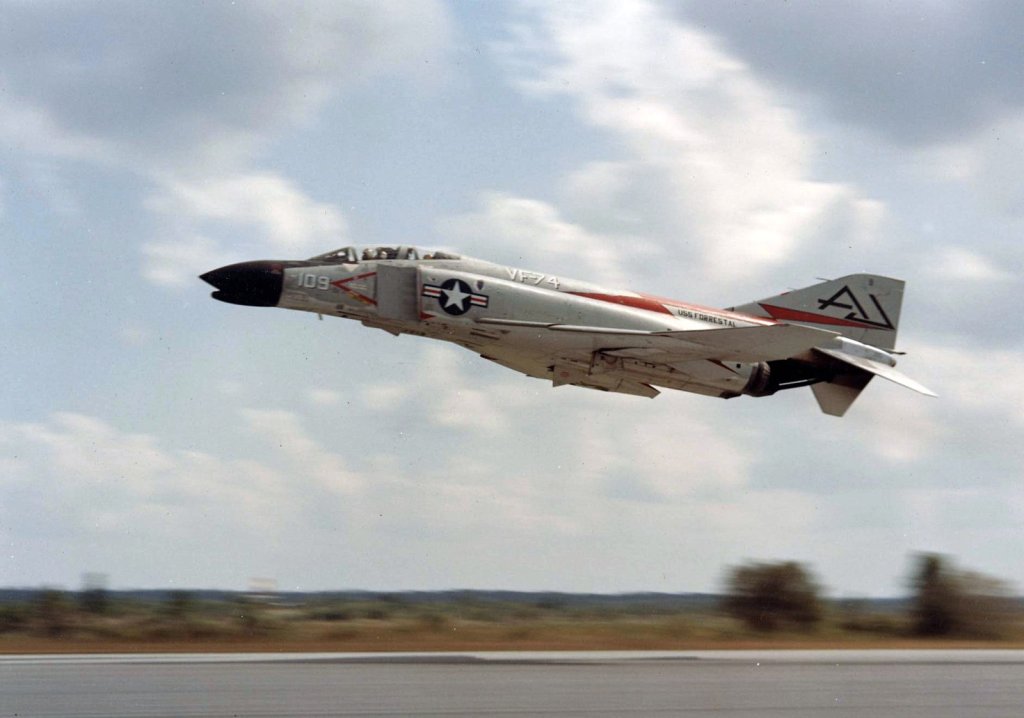

The Navy’s F-4 Phantom II performed well for the U.S. and its pilots, most importantly in the Vietnam War. But tough rules of engagement made flying the plane extra risky. So pilots understandably got angry when sent to blow up possible targets that turned out to be a “lot of dirt.”
The F-4 Phantom II
The designers of the F-4 Phantom saw the future, and it was advanced missiles and radar that allowed one fighter to hit another from afar before a dogfight could even begin. But then the F-4 Phantom II went to Vietnam.
In Vietnam, restrictive rules of engagement limited pilots. They could only fire after receiving fire or at least had proof of a radar attempting to lock onto them. That meant a fighter designed to ambush from afar now had to survive ambushes itself.
Each plane carried two pilots and a lot of ordnance and fuel. So the costs in blood and treasure of every downed F-4 were quite high. That would, obviously, make most military planners risk-averse.
But the ground war in Vietnam went badly for the U.S. for quite a while, and so strikes against possible targets got ordered often.

Risky missions for only potential payoff
During Operations Linebacker I and II, America lost about 150 F-4 Phantom IIs. One Vietnam War pilot vented some frustration to the Imperial War Museums of Britain.
Air Force Maj. John “Spike” Naysmith said:
Some of the missions were pathetic. We’re flying 4 airplanes. Each one cost 3 million bucks. There’s two guys on each airplane and we take off and go to North Vietnam. Everybody in the world is shooting at you and you dive bomb a crossing of two roads where they think there might be fuel buried under the roads. So here we are and all these fancy airplanes and ‘boom, boom, boom,’ you blow up a lot of dirt. I can remember one mission where we dropped bombs on a bamboo bridge and the bombs were longer than the bridge.
Air Force Maj. John “Spike” Naysmith
And Naysmith had good reason to complain. He lost his $3 million jet to an enemy surface-to-air missile that sent him plummeting to the ground. He successfully ejected but spent over six years as a prisoner of war.
The F-4 Phantom II served primarily with the U.S. and British air forces and navies. But it also was a staple of the Iranian Air Force before and after the fall of the Shah and Iranian Revolution.
One version of the F-4, the F-4G Wild Weasel, was specifically designed to find and suppress enemy air defenses like the one that downed Spike Naysmith.
